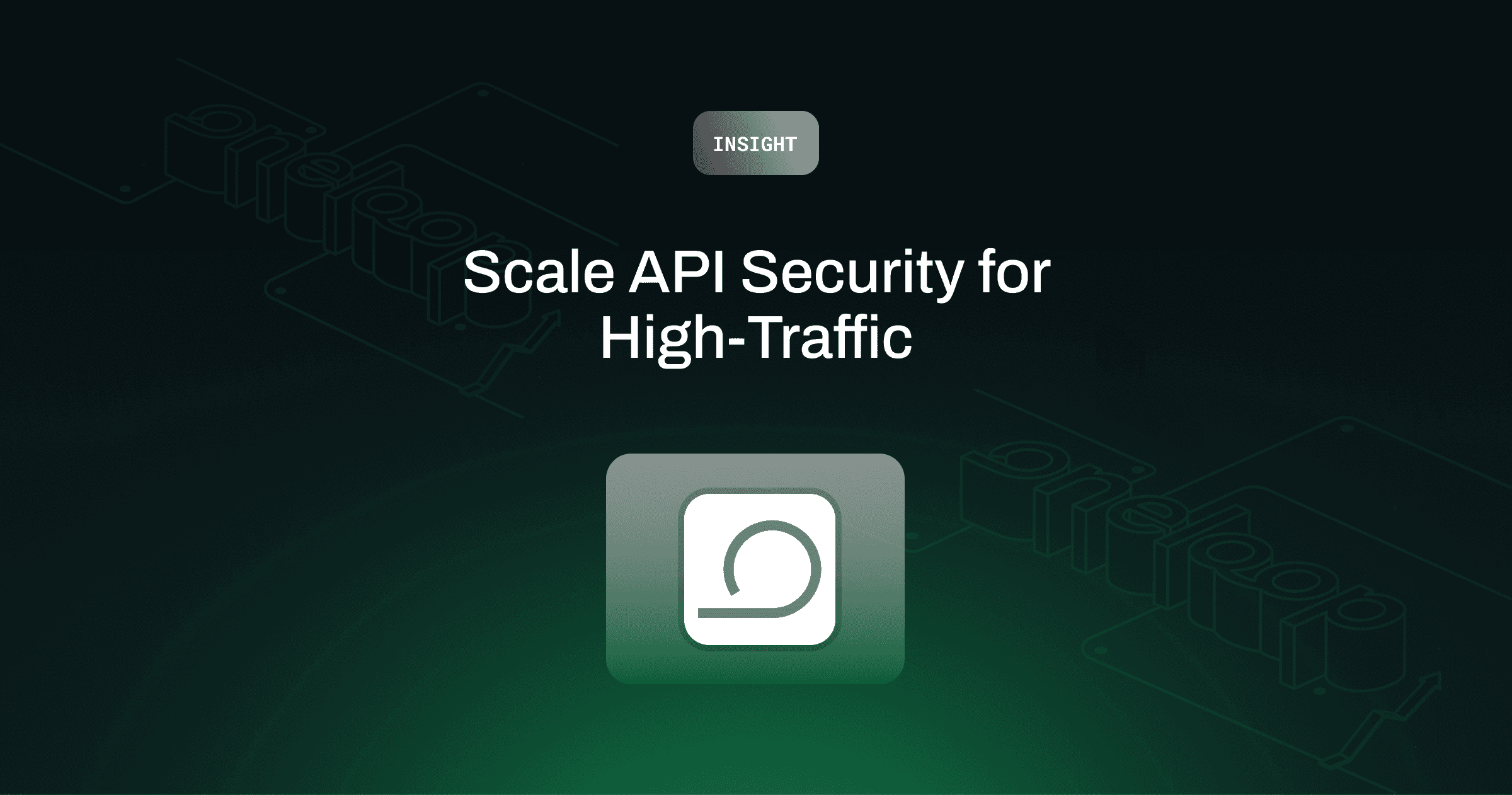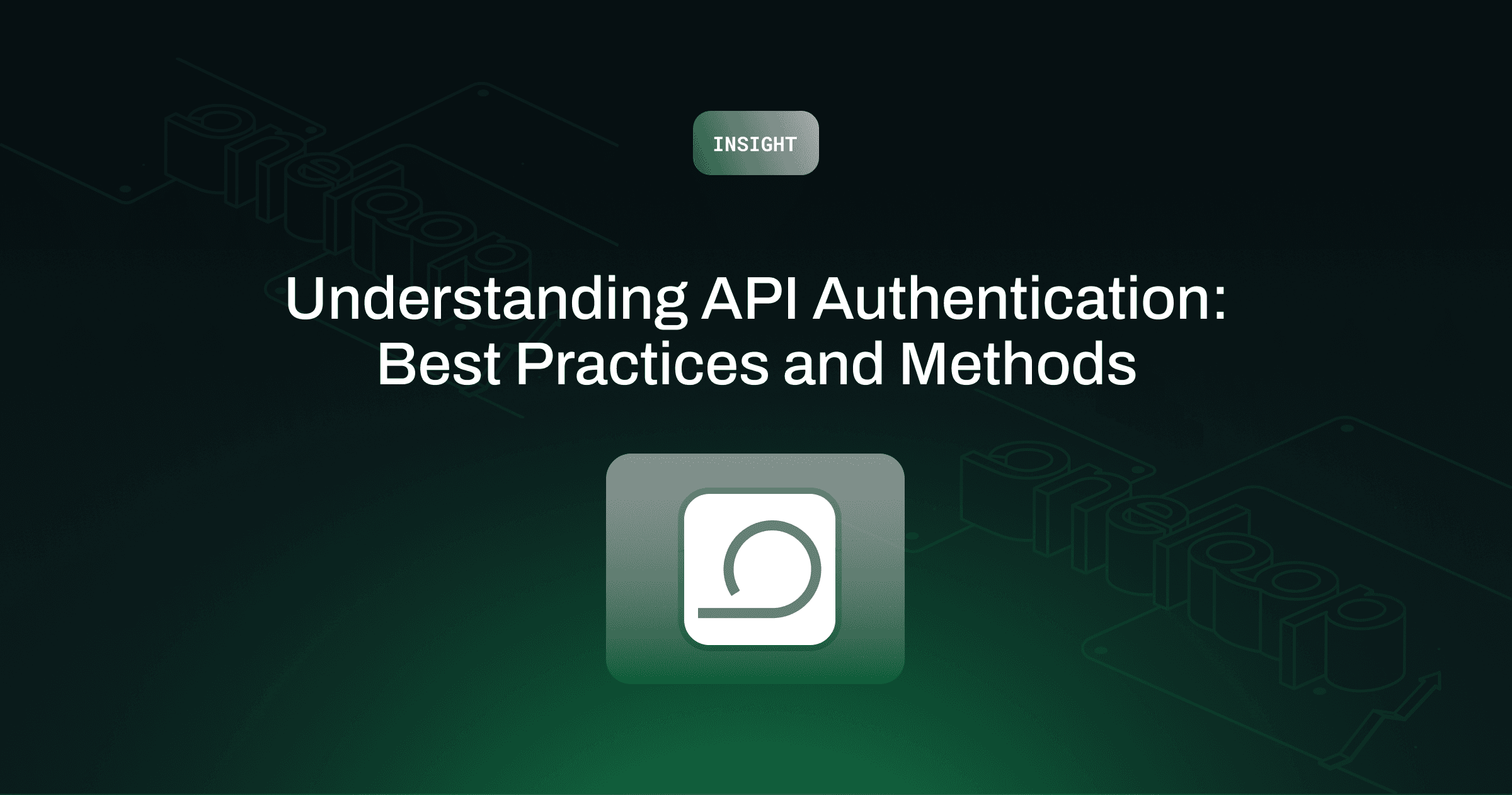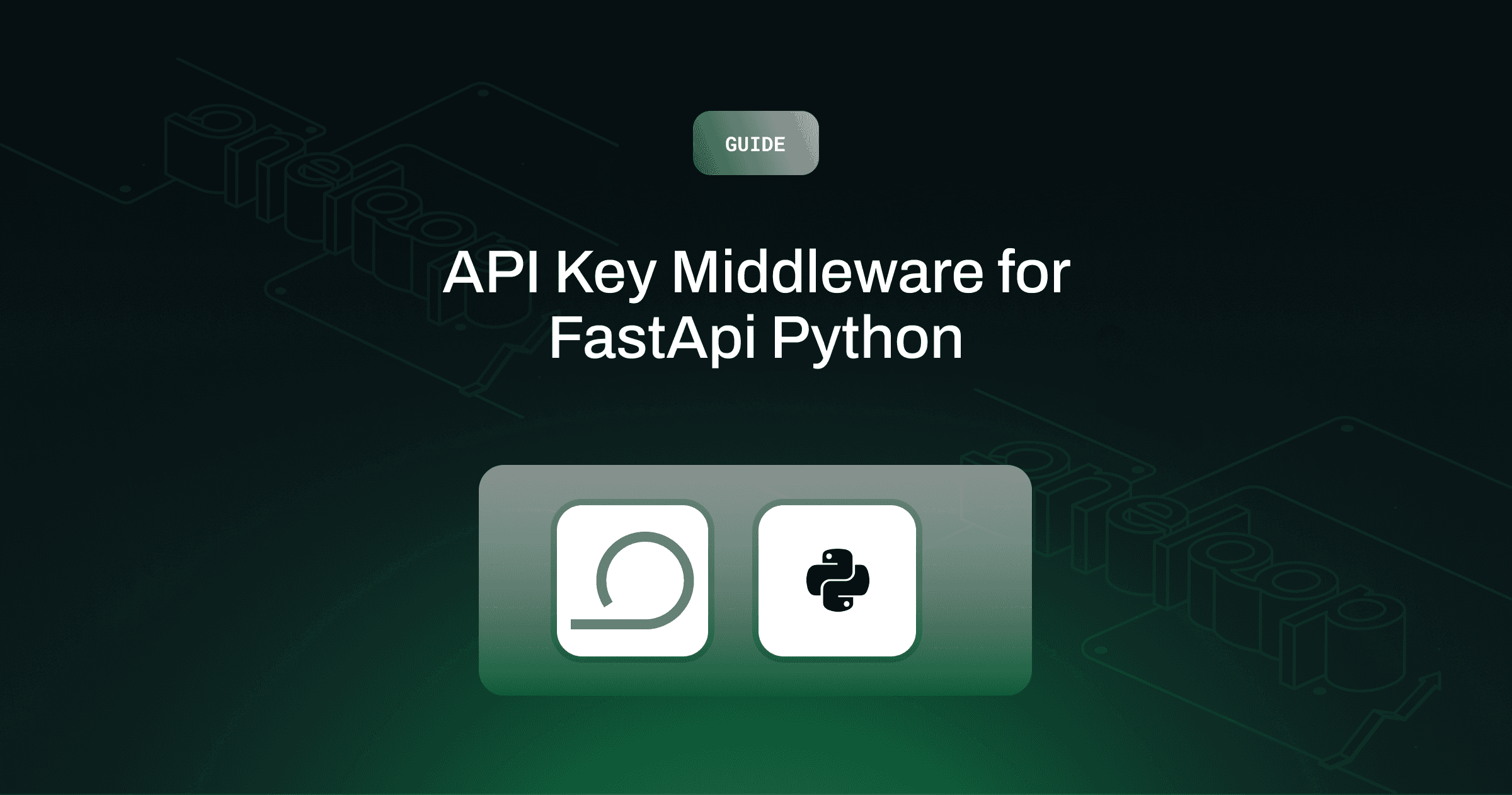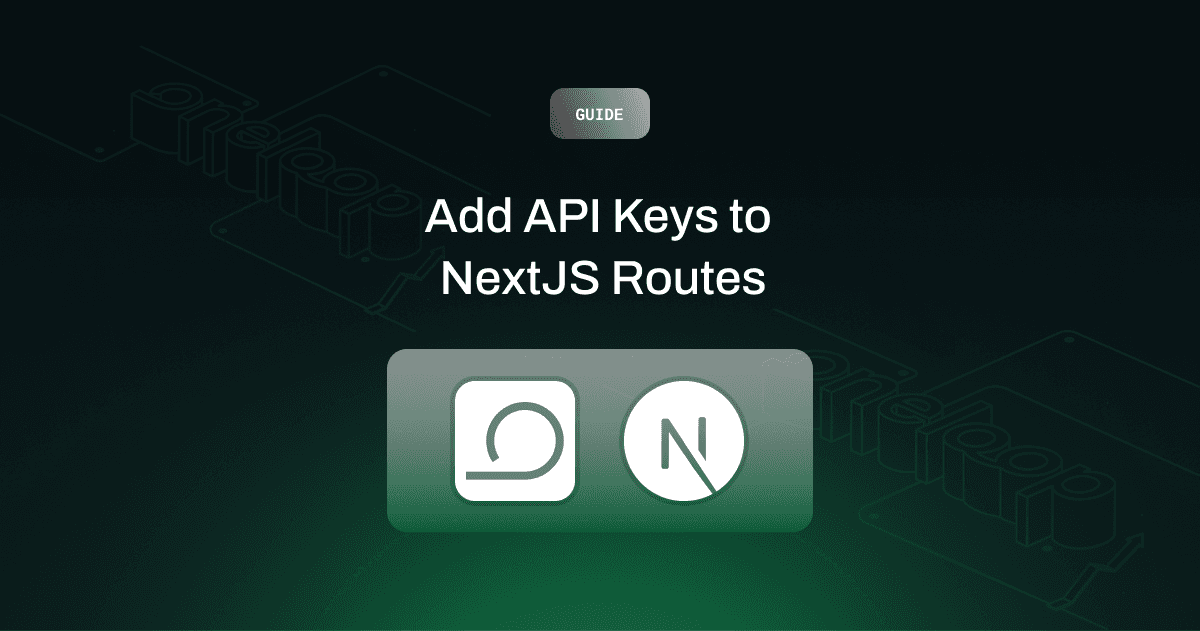Insights
Saurabh Jain
Aug 29, 2024
Scaling API security for high-traffic applications is a challenging yet essential task. As your application grows, the volume of requests increases, exposing your APIs to a broader range of threats and making it critical to ensure that your security measures can scale effectively. In this article, we'll explore strategies and best practices to help you scale API security for high-traffic environments, ensuring that your application remains secure and resilient under heavy load.
1. Implement Rate Limiting and Throttling
Why It Matters: Without rate limiting, a high-traffic application can be overwhelmed by excessive requests, leading to denial of service (DoS) attacks, service degradation, or even crashes. Rate limiting and throttling help protect your APIs from abuse by controlling the number of requests a client can make within a specific time frame.
How to Scale:
- Use API Gateways: Deploy an API gateway that supports rate limiting and throttling at scale. Solutions like AWS API Gateway, Kong, and NGINX can manage traffic efficiently across multiple endpoints.
- Custom Rate Limiting: Implement custom rate limiting strategies that adapt to user behavior and usage patterns. For example, set stricter limits for sensitive operations and more lenient limits for read-only requests.
- Distributed Rate Limiting: For distributed systems, use distributed rate limiting techniques to ensure consistent enforcement across multiple instances or data centers.
2. Leverage Caching Mechanisms
Why It Matters: Caching reduces the load on your API by serving frequently requested data from a cache, rather than processing the request repeatedly. This not only improves performance but also minimizes the risk of security issues arising from overloading your backend services.
How to Scale:
- Response Caching: Cache the responses of non-sensitive API endpoints, such as public data or metadata, to reduce the number of requests hitting your backend servers.
- Token Caching: Cache API tokens or credentials securely to minimize the need for repeated authentication requests, which can strain your authentication service.
- Edge Caching: Use edge caching services like Cloudflare or AWS CloudFront to cache responses closer to the client, reducing latency and server load.
3. Implement Robust Authentication and Authorization
Why It Matters: As your application scales, the number of users and API clients increases, making it vital to ensure that only authorized users have access to your APIs. Robust authentication and authorization mechanisms are key to preventing unauthorized access.
How to Scale:
- OAuth2 and OpenID Connect: Implement scalable authentication protocols like OAuth2 and OpenID Connect, which are widely supported and designed for high-traffic applications.
- JWT Tokens: Use JSON Web Tokens (JWTs) for stateless authentication, allowing for easy scaling across distributed systems. Ensure that tokens are short-lived and can be revoked if compromised.
- Role-Based Access Control (RBAC): Implement RBAC to manage permissions at scale, ensuring that users only have access to the resources and actions they're authorized for.
4. Use API Keys and Scopes for Granular Access Control
Why It Matters: API keys are a simple yet effective way to control access to your APIs. However, as your application scales, managing API keys and ensuring that they have the correct permissions becomes more challenging.
How to Scale:
- Scoped API Keys: Implement scoped API keys that grant access to specific parts of your API. This minimizes the risk of over-permissioning and ensures that each client only has access to the data and operations they need.
- Key Rotation and Expiry: Regularly rotate API keys and set expiration dates to reduce the risk of key compromise. Automate the process of key rotation and notify clients in advance of key changes.
- Centralized Key Management: Use centralized key management solutions, such as AWS Secrets Manager or Google Cloud Secret Manager, to securely store and manage API keys at scale.
5. Secure Data in Transit and at Rest
Why It Matters: High-traffic applications often deal with large volumes of sensitive data. Ensuring that this data is protected both in transit and at rest is critical to maintaining the integrity and confidentiality of your API.
How to Scale:
- TLS Encryption: Enforce Transport Layer Security (TLS) for all API communications to protect data in transit from eavesdropping and man-in-the-middle attacks.
- Data Encryption: Encrypt sensitive data at rest using strong encryption algorithms. Use managed encryption services provided by cloud providers to handle encryption at scale.
- HSTS Implementation: Implement HTTP Strict Transport Security (HSTS) to enforce HTTPS across your domain, reducing the risk of protocol downgrade attacks.
6. Implement Distributed Logging and Monitoring
Why It Matters: As your API traffic increases, so does the volume of logs and the potential for security incidents. Distributed logging and monitoring are essential for detecting and responding to security threats in real-time.
How to Scale:
- Centralized Logging: Use centralized logging solutions like ELK Stack (Elasticsearch, Logstash, Kibana), Splunk, or AWS CloudWatch to aggregate logs from multiple sources and analyze them at scale.
- Real-Time Monitoring: Implement real-time monitoring tools like Prometheus, Grafana, or Datadog to track API performance and detect anomalies.
- Automated Alerts: Set up automated alerts for unusual patterns, such as a sudden spike in requests or repeated authentication failures, to quickly identify potential security threats.
7. Regularly Perform Security Audits and Penetration Testing
Why It Matters: Regular security audits and penetration testing help identify vulnerabilities that could be exploited as your application scales. These proactive measures are essential for maintaining the security of your API.
How to Scale:
- Automated Security Testing: Integrate automated security testing tools like OWASP ZAP, Snyk, or Burp Suite into your CI/CD pipeline to catch vulnerabilities before they reach production.
- Third-Party Audits: Engage third-party security experts to perform regular audits and penetration tests, providing an external perspective on your API's security posture.
- Continuous Improvement: Use the findings from security audits and tests to continuously improve your API security practices, adapting to new threats and scaling challenges.
Conclusion
Scaling API security for high-traffic applications requires a combination of robust authentication, granular access control, encryption, and proactive monitoring. By implementing these strategies, you can protect your APIs from a wide range of threats while ensuring that your security measures can grow alongside your application. As your application scales, so must your security practices—stay vigilant, regularly review your security posture, and adapt to new challenges as they arise.








